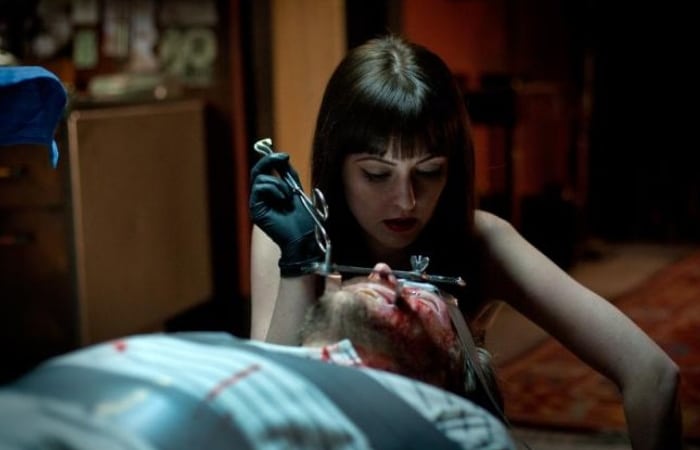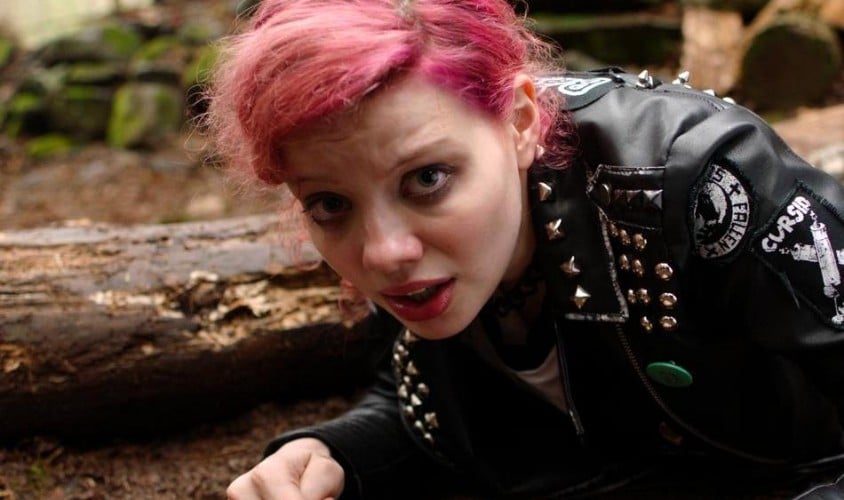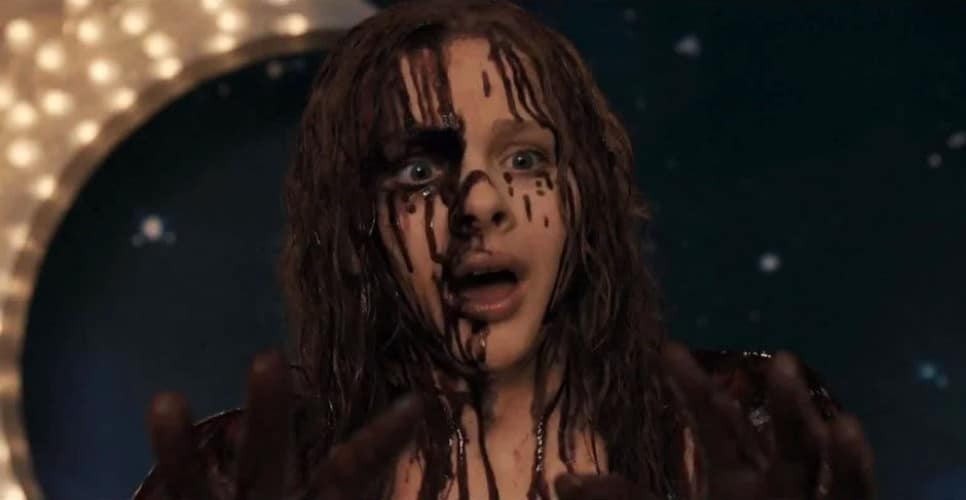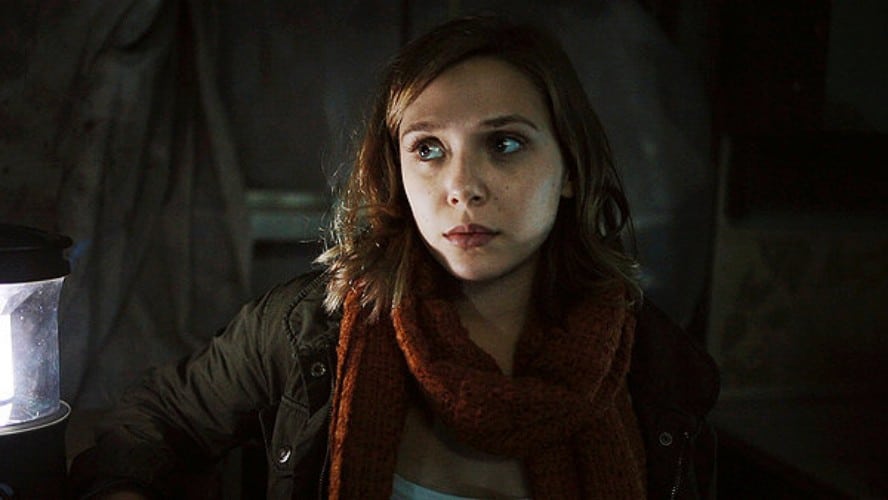30 Female Directors Who Would Kill It At Blumhouse
Or make horror movies anywhere else, for that matter.

Jenn Wexler

Horror producer Wexler took her first turn behind the camera for a feature this year with The Ranger, a lo-fi slasher with a wild plot that includes punk rock teens, an evil park ranger, and a heavy dose of hallucinogens. Wexler is no stranger to the genre: she’s also directed two October-relevant shorts, Slumber Party and Halloween Bash. There aren’t many egregiously seasonal Halloween-set horror movies lately, the kind that beg for a rewatch every year, but if anyone ever wants to make another one, Wexler could be the gal for the job.
Sarah Adina Smith

Buster’s Mal Heart is a waking nightmare, both for the enigmatic men (or man?) played by Rami Malek and for the film’s perpetually on edge audience. Her previous horror feature, The Midnight Swim, has an equally unnerving and mysterious plot, while she gave Mother’s Day a bad name in the holiday horror anthology Holidays. If this isn’t scary enough, she also directed the two most frightening episodes of the Duplass brothers’ anthology series Room 104, “Ralphie” and “The Knockadoo.” The less that’s said about Adina Smith’s work the better, as her deeply unsettling directorial style and penchant for metaphysics need to be seen for yourself.
Kimberly Peirce

Peirce is best known for her breakout film, Boys Don’t Cry, but her take on the Stephen King classic Carrie is better than you remember. The story is as much De Palma’s as it is King’s now, making her version tough for fans to swallow, but Peirce’s achieves something few horror movies do: it has a truly empathetic lead. When the horror and carnage finally come, they’re all the more upsetting because Peirce let us linger on the idea of the abused teen’s happiness for longer than expected. Peirce may not choose to dabble in horror again since it doesn’t seem to be her home genre, but if she does there are plenty of stories she’d be great at telling.
Sophia Takal

In both Green and Always Shine, Takal takes a normal human emotion — jealousy — and lets it slowly wind up into a knotty, vaguely sinister, at times disorienting plot. Always Shine in particular is a tightly coiled snake of a movie, with Mackenzie Davis at her sharp-eyed best. The movie came and went in a heartbeat, but it’s a blistering slow-build psychological thriller that deserves a second look.
Amy Holden Jones

The Slumber Party Massacre director returned from time out of the spotlight to create the procedural series The Resident this year, but there’s no word on whether she’ll ever return to her horror roots. The slasher that put her on the radar is a feminist parody played straight and a cult classic in its own right. With the past decade’s resurgence of sequels, prequels, and remakes, she seems like a natural choice to direct a new franchise entry — for either her own film or another.
Anna Foerster

Although Foerster’s entry in the Underworld series, Underworld: Blood Wars, came and went without much fanfare, the filmmaker has also been working behind the scenes for two decades to make frightening images come alive. She worked as a DP and/or visual effects designer on action-horror movies, including Pitch Black, Alien: Resurrection, Eight Legged Freaks, 1998’s Godzilla, and Independence Day, and was a second unit director on several other action films. Blood Wars was her first time billed as a primary director, but she is also working on the sequel to the sci-fi thriller Source Code.
Haifaa Al-Mansour

Saudi Arabia’s first female filmmaker brought Frankenstein’s creator to the big screen this year in Mary Shelley, a dark and stylish Gothic romance. Her other films have bounced around several genres, but Shelley proves she’s got dark and stormy nights down. If we ever need a faithful (or slightly sexier) adaptation of a creepy European Gothic classic, especially one with hints of gender politics like Carmilla or Jane Eyre, Al-Mansour seems well suited for the task.
Lauren Wolkstein

So much remains unsaid throughout Wolkstein’s The Strange Ones that the film at first glance seems inscrutable. If you unfocus a bit, relaxing away from the central mystery of a man and a strange boy on a road trip with no clear destination, then the film’s ominous mood will settle over you like a fine layer of dust and be just as hard to shake off. The movie borders on supernatural but then finds its way back to what seems like reality, and Wolkstein leaves you without a remedy to your unease. Like several other entries on this list, she hasn’t done a pure horror feature but clearly has the talent for audience alienation required to make a great one.
Maggie Kiley

A television-focused director whose film work hasn’t yet turned to horror (the closest thing is Caught, a 2015 mystery starring Anna Camp), Kiley has worked on plenty of fun, spooky TV shows. She’s directed episodes of the short-lived series Scream Queens, American Horror Story, and Riverdale and is credited as directing two episodes of the much-anticipated Netflix series The Chilling Adventures of Sabrina. Mainstream horror could use some more camp to go with its scares, and Kiley’s TV choices all aim toward an addictive mixture of the two.
Laura Lau

Although Lau only has one directing credit, for 2011’s home invasion psych-out Silent House, she also helped her husband and filmmaking partner Chris Kentis with Open Water, a lost-at-sea shark survival movie that she produced and worked on as director of photography. Lau and Kentis seem to only make movies once in a blue moon, but if trippy, stylish Silent House — starring Elizabeth Olsen and featuring an artificial continuous, real-time shot — is any indication, her work is worth the wait.
